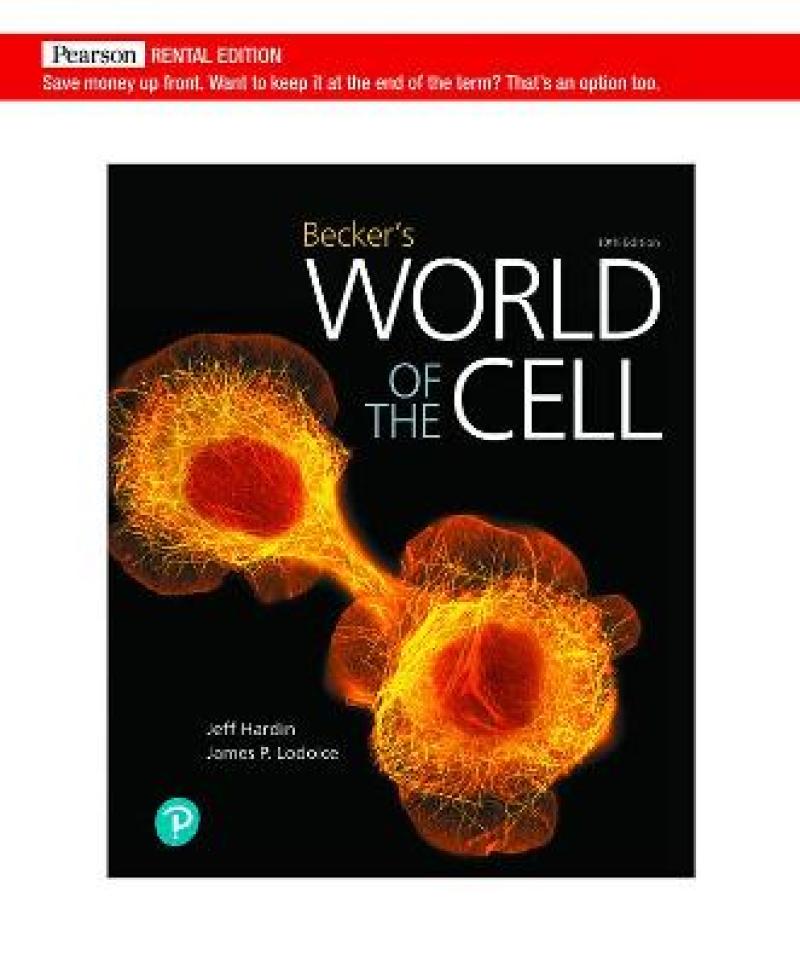Produktdetaljer
Biographical note
About our authorsJEFF HARDIN received his Ph.D. in Biophysics from the University of California-Berkeley. He is Raymond E. Keller Professor and Chair of the Department of Integrative Biology at the University of Wisconsin -Madison, where he has been since 1991. For 18 years he was Faculty Director of the Biology Core Curriculum, a four-semester honors biology sequence for undergraduates at Wisconsin known for its teaching innovations. Jeff's research focuses on how cells migrate and adhere to one another during early embryonic development. Jeff's teaching is enhanced by his extensive use of digital microscopy and his web-based teaching materials, which are used on many campuses in the United States and in other countries. Jeff was a founding member of the UW Teaching Academy, and has received several teaching awards, including a Lily Teaching Fellowship, a National Science Foundation Young Investigator Award, and a Chancellor's Distinguished Teaching Award.
JAMES P. LODOLCE earned his Ph.D. in Immunology from the University of Chicago in 2002. His thesis examined the signals that promote the survival of memory lymphocytes. As a postdoctoral fellow in the laboratory of Dr. David Boone, he studied the genetics and regulation of inflammation in autoimmunity. Cell biology was the first class that James taught when he arrived at Loyola University Chicago in 2010. He currently holds the title of Senior Lecturer and teaches a variety of courses ranging from molecular biology to virology. James is an active member of the Department of Biology and was appointed Co-Chairperson of Loyola's 2021 Pre-Health Professions Advisory Committee. In his career at Loyola, James has received several teaching honors, including a nomination for the 2014 Ignatius Loyola Award for Excellence in Teaching, the 2016 Master Teacher Award in the College of Arts and Sciences, and the 2020 Edwin T. and Vivijeanne F. Sujack Award for Teaching Excellence.
WAYNE M. BECKER taught cell biology at the University of Wisconsin-Madison for 30 years until his retirement. His interest in textbook writing grew out of notes, outlines, and problem sets that he assembled for his students, culminating in Energy and the Living Cell, a paperback text on bioenergetics published in 1977, and The World of the Cell, the first edition of which appeared in 1986. All his degrees are in biochemistry from the University of Wisconsin-Madison, an orientation that is readily discernible in his writing. His research interests were in plant molecular biology, focused on the expression of genes that encode enzymes of the photorespiratory pathway. Later in his career he focused on teaching, especially students from underrepresented groups. His honors include a Chancellor's Award for Distinguished Teaching, Guggenheim and Fulbright Fellowships, and a Visiting Scholar Award from the Royal Society of London. This text builds on his foundation, and is inspired by his legacy
